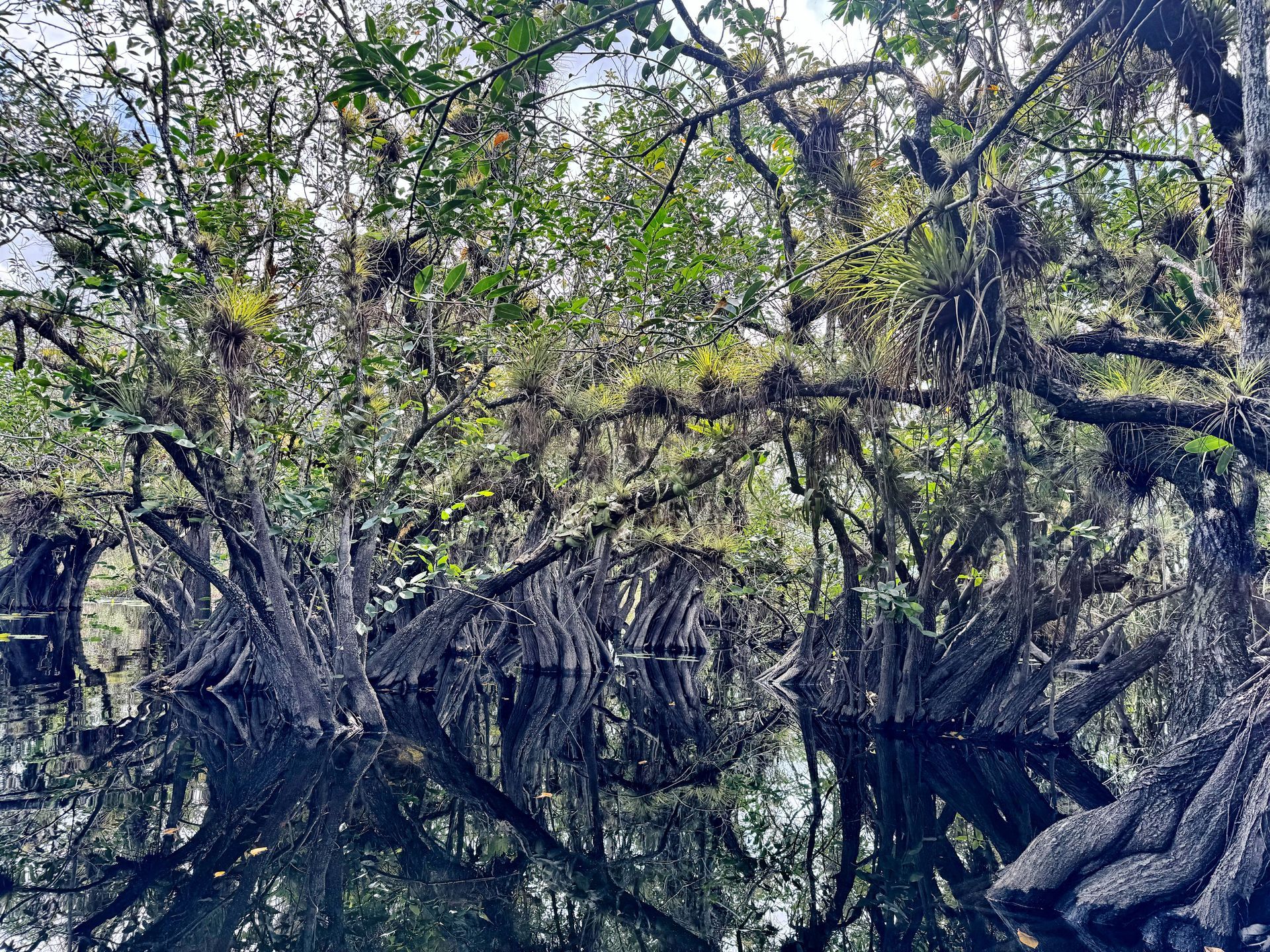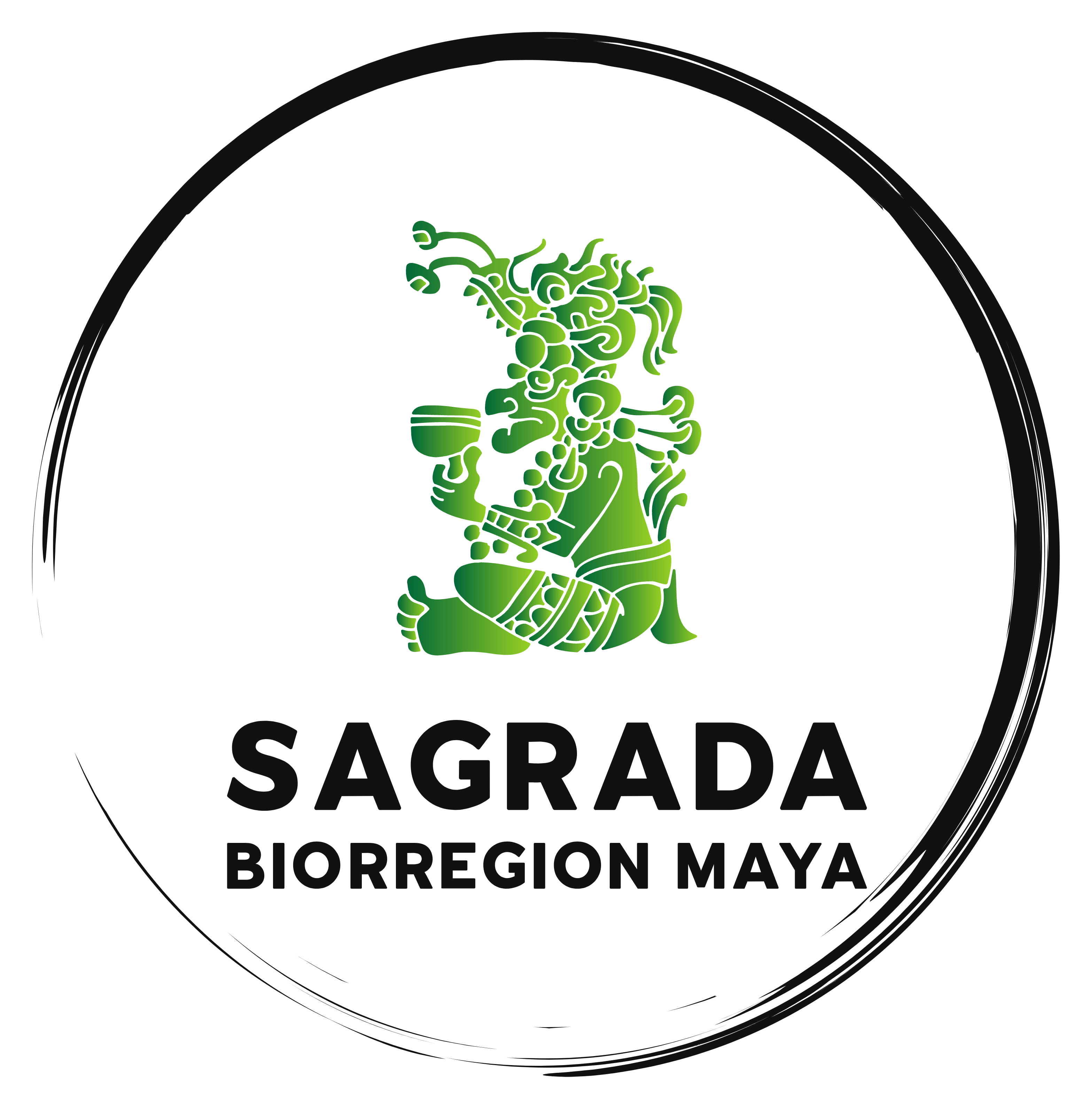Welcome to the Sagrada Biorregion Maya
Some Facts About the Sacred Maya Bioregion

The Sagrada Biorregion Maya is The Maya Bioregion encompasses one of the most ecologically and culturally significant areas in the Americas. It spans southeastern Mexico, northern Guatemala, Belize, western Honduras, and parts of El Salvador. Within this region lies the largest forested massif in Mesoamerica, home to an exceptional diversity of Indigenous and Afro-descendant peoples who have inhabited, stewarded, and governed these territories for centuries. At the heart of this bioregion lies the Maya Forest, a tropical forest system of over 14 million hectares, stretching across Mexico, Belize, and Guatemala. It is the second-largest tropical forest block on the continent after the Amazon and forms part of the so-called Five Great Forests of Mesoamerica, recognized for their biodiversity, ecological connectivity, and contribution to regional climate regulation. At the heart of this bioregion lies the Maya Forest, a tropical forest system of over 14 million hectares, stretching across Mexico, Belize, and Guatemala. It is the second-largest tropical forest block on the continent after the Amazon and forms part of the so-called Five Great Forests of Mesoamerica, recognized for their biodiversity, ecological connectivity, and contribution to regional climate regulation.
The region’s hydrological system—comprising rivers, wetlands, cenotes, and underground aquifers—provides freshwater to millions of people across the Caribbean and inland Central America. The ecological connectivity of these landscapes supports the movement of key species such as the jaguar (Panthera onca), the Geoffroy’s spider monkey (Ateles geoffroyi), and the Central American tapir (Tapirus bairdii).
The region is home to more than 30 Indigenous and Afro-descendant peoples. In Mexico, these include the Yucatec Maya, Lacandon, Tzotzil, Tzeltal, Tojolabal, Mam, and Kanjobal, among others. In Guatemala, there are 22 recognized Maya nations, alongside the Xinka, Garífuna, and Creole peoples. Honduras is home to the Ch’orti’, Lenca, Miskito, and Garífuna communities. In El Salvador, the Nahua-Pipil, Lenca, and Cacaopera peoples remain rooted in ancestral territories. Belize is also home to Mopan, Q’eqchi’, Creole, and Garífuna populations.


